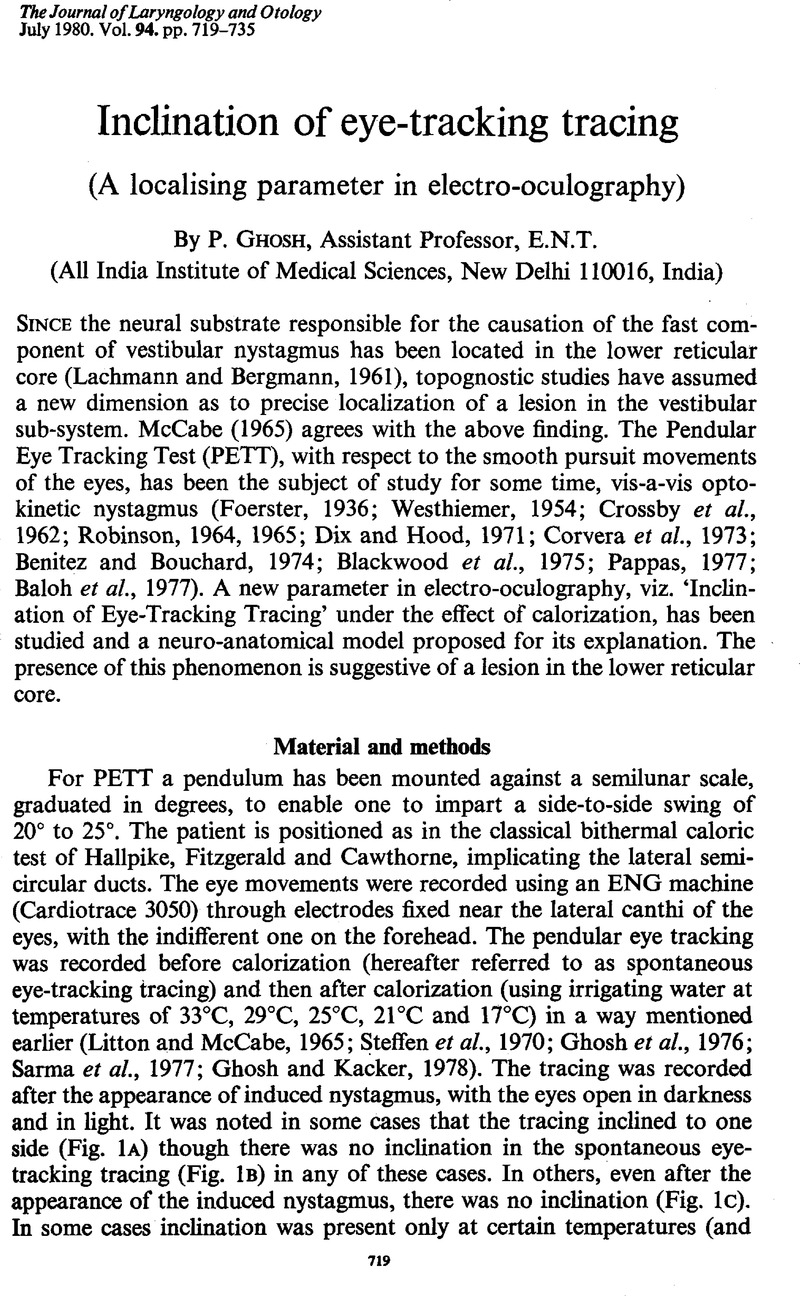Crossref Citations
This article has been cited by the following publications. This list is generated based on data provided by Crossref.
Ghosh, P.
1981.
Round-Peaked caloric nystagmus.
Indian Journal of Otolaryngology,
Vol. 33,
Issue. 2,
p.
55.
Singh, P. P.
Ghosh, P.
and
Kacker, S. K.
1985.
Presbyatonia.
Indian Journal of Otolaryngology,
Vol. 37,
Issue. 1,
p.
8.
Ghosh, G.
and
Rohatgi, M. S.
1989.
Non-surgical treatment of vertigo.
Indian Journal of Otolaryngology,
Vol. 41,
Issue. 2,
p.
48.
Ghosh, P.
1997.
Paramedian pontine reticular formation and electronystagmography.
Indian Journal of Otolaryngology and Head and Neck Surgery,
Vol. 49,
Issue. S1,
p.
23.


